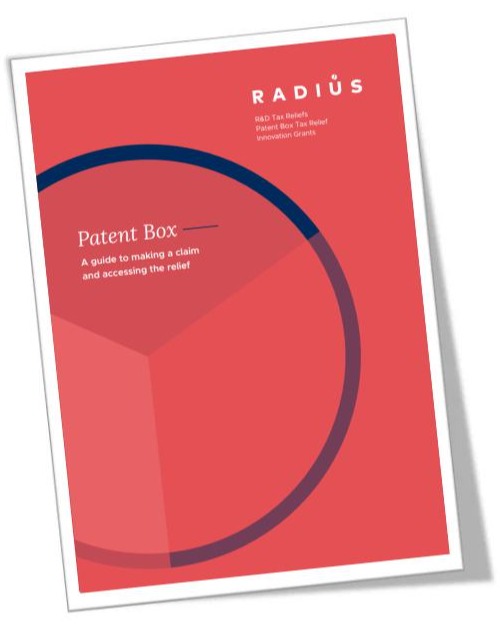
The Patent Box regime is a UK tax incentive that gives qualifying businesses the opportunity to pay a reduced Corporation Tax rate on profits generated from patented products, processes and services.
From 1 July 2021 all Patent Box claims must follow the modified nexus approach. This was after a five-year transition into the updated rules that came to an end on 30 June 2021.
What is the modified nexus approach?
The modified nexus approach requires companies claiming Patent Box to demonstrate a clear and direct link between their relevant R&D expenditure to the patent or patented item.
In other words, companies must prove that their R&D directly contributed to developing the patented invention that generates the profits for which they want to claim the tax relief. If the company holding the IP does not undertake the R&D, the amount of Patent Box relief is likely to be reduced significantly.
Why was the modified nexus approach introduced?
The previous Patent Box regime (prior to July 2021) didn’t require this direct link to be demonstrated. This raised concerns that organisations could exploit the scheme without undertaking significant R&D in the UK.
A potential impact of this would be base erosion and profit shifting (BEPS), where companies move their profits to jurisdictions with lower tax rates, regardless of where the R&D that generated those profits actually took place.
Calculating the ‘Nexus Fraction’
Companies must calculate a "nexus fraction" to demonstrate the connection between their R&D activities and IP profits.
The calculation considers the proportion of the qualifying R&D activity undertaken directly by the company or a group entity in the UK or the European Economic Area (EEA), with which the UK has a double tax agreement.
The following formula can be used to calculate the nexus fraction:
|
(D + S1) x 1.3 D + S1 + S2 + A |
- D: R&D eligible staff costs, consumables, and externally provided workers (EPWs)
- S1: R&D costs sub-contracted to unconnected parties.
- S2: R&D costs sub-contracted to connected parties.
- A: Acquisition costs of qualifying IP rights only.
Tracking of the R&D expenditure incurred against each patented product is advised to help with the calculation as well as tracking the income being derived from the patented products or processes.
Why assistance is recommended
The modified nexus approach is a critical aspect of the UK Patent Box scheme, requiring companies to demonstrate a direct link between their R&D and qualifying IP profits.
The calculations can be complex, and we recommend consulting with a qualified specialist in Patent Box. The Radius team can help your company produce a robust, fully compliant Patent Box claim and ensure that you claim the relief you are entitled to.

Darryl Hoy
Darryl is the Technical Director of the Radius team. He is a specialist in Research & Development tax reliefs, having previously worked at HMRC as an R&D Tax Inspector.
View my articles